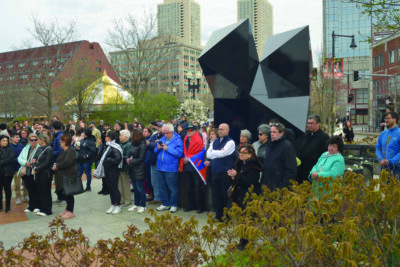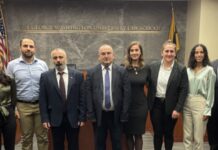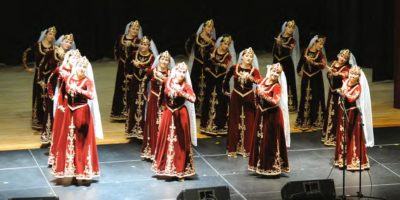By Edmond Y. Azadian
Armenians seem to have been cursed with a self-destructive gene, which will never allow them to achieve their aspirations. Mind you, the largest and only Armenian Empire was built by Tigranes the Great. That empire was destroyed by the Romans, whose army was led by Lucullus. He had the support of Tigranes’ son, who helped the Roman army to overthrow his father and destroy his empire.
In the year 1045, when the Bagraturni dynasty was in decline, one of the Armenian princes, named Vest Sarkis, handed the keys of the capital city of Ani to the Byzantine rulers, thus ending the history of another Armenian dynasty.
In more recent times, by the end of World War I, General Antranik was holding the fortress of Erzerum, with the help of ammunitions and supplies leftover by the retreating Russian Army. Most of the Eastern Armenian soldiers defected, announcing that the area was not their homeland. Thus we lost valuable pieces of historic Armenian territory, perhaps unfortunately, for good.
These days that self-destructive gene has been bugging some people in the Armenian media and in positions of power, to undermine, or to destroy the foundations of the Holy See of Echmiadzin, under the most appealing slogans of “democracy” or “free speech” or defense of “human rights,” without pausing to ponder the long-term damage they can cause.









